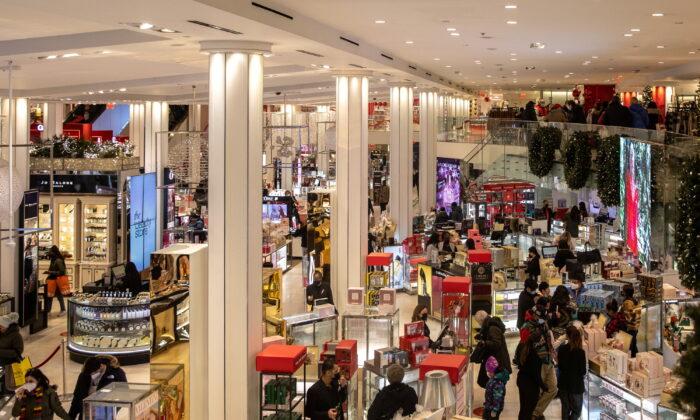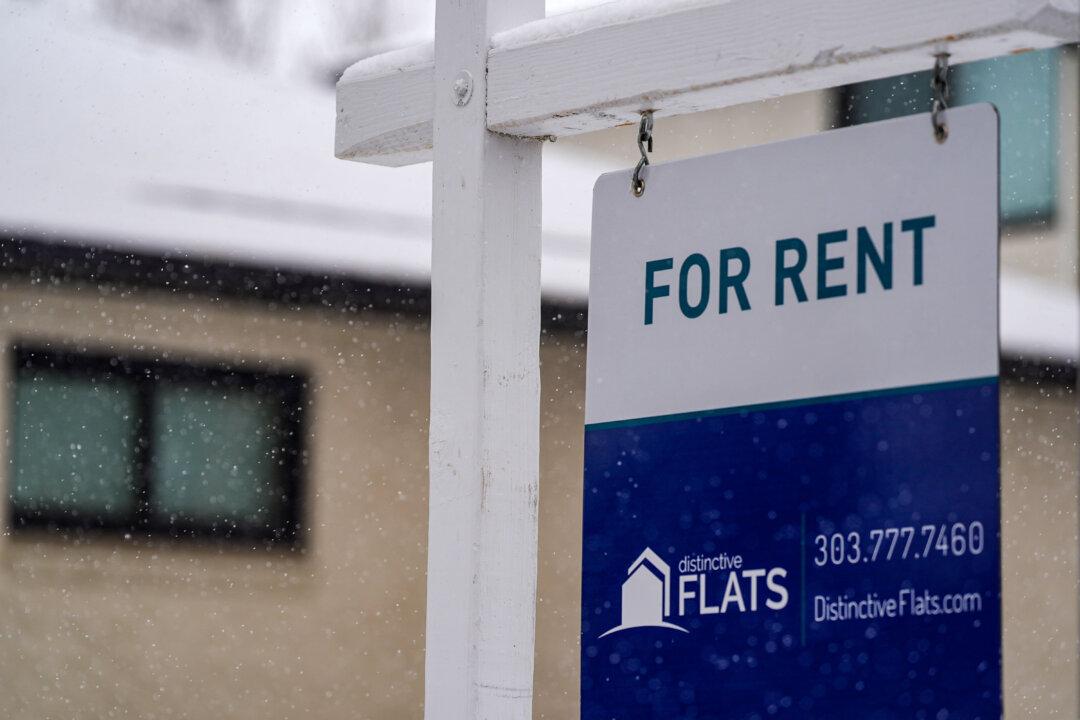The U.S. retail industry might be at the precipice of a massive wave of bankruptcies, according to multiple experts, as customers struggle with shrinking purchasing power amid rising inflation.
According to the outlet, Perry Mandarino, co-head of investment banking and head of corporate restructuring at B. Riley Securities, believes that the retail sector is in a “flux” and that the landscape within the next five years will be “much different” than it is today.
As of June 16, there were only four announced retail bankruptcies based on S&P Global Market Intelligence data. This is actually low when compared to 2021 when 18 bankruptcies were announced by this time. In fact, the 2022 number is the lowest the firm has tracked during the past 12 years.
However, economic conditions are now different when compared to last year. 2021 and early 2022 were marked by the federal government providing relief in the form of fiscal stimulus. As a result, consumers received stimulus checks while businesses had an infusion of cash.
Things have now changed. The federal government has stopped issuing stimulus checks. In December, the Fed interest rate was just 0.25 percent. In both March and May, the Fed raised rates by 50 basis points.
And in June, the Fed raised rates by an additional 0.75 percent. Fed Chairman Jerome Powell has committed to more rate hikes until inflation comes down.
The 12-month May Consumer Price Index (CPI), a measure of inflation, rose to 8.6 percent, the fastest such increase since December 1981. The inflation rate in April was at 8.3 percent and in March at 8.5 percent.
Retail Sales
According to Chris Williamson, Chief Business Economist at S&P Global Market Intelligence, the goods-producing and services sectors are showing signs of decline. There has been a “remarkable drop” in demand for goods and services in June compared to the previous months, Williamson said in a June 23 press release.“Businesses have become much more concerned about the outlook as a result of the rising cost of living and drop in demand, as well as the increasingly aggressive interest rate path outlined by the Federal Reserve and the concomitant deterioration in broader financial conditions.”
Restructuring experts are reportedly preparing for more trouble across the retail industry in terms of bankruptcies. Fitch Ratings has pointed to cosmetics line Anastasia Beverly Hills, men’s suit chain Men’s Wearhouse, mattress maker Serta Simmons, and sportswear manufacturer Outerstuff as some of the companies most in danger of default.





